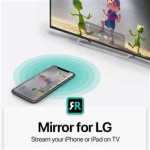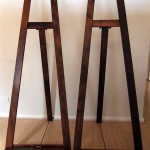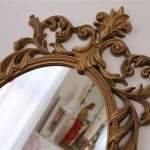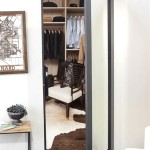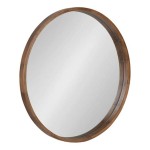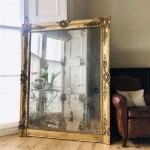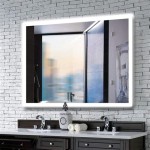How Do You Know If You Have a Two-Way Mirror?
Two-way mirrors, also known as one-way mirrors, are designed to allow vision through one side while appearing reflective on the other. This creates a scenario where individuals on one side can observe those on the other side without being seen. While commonly used in security and law enforcement settings, concerns sometimes arise regarding their potential misuse in places like bathrooms, changing rooms, or hotel rooms. Determining whether a mirror is genuinely reflective or a two-way mirror requires careful observation and testing.
The principle behind a two-way mirror lies in its semi-reflective coating. A typical mirror has a thick, opaque reflective backing. A two-way mirror, however, possesses a thin metallic coating that reflects some light while allowing some to pass through. This allows visibility from the dimly lit observation side to the brighter observed side. The disparity in light levels is crucial for the illusion to work effectively. If the lighting conditions were reversed, with the observation side brighter, visibility would be compromised.
One of the simplest initial checks involves examining the mirror's surroundings. Two-way mirrors often conceal a hidden observation area behind them. Look for any inconsistencies in the wall, such as unusually thick walls, ventilation grilles that seem out of place, or small gaps or seams around the mirror's edges. These could be indications of a concealed space. Additionally, consider the location of the mirror. While not definitive proof, two-way mirrors are more likely to be found in locations where observation might be desired, such as security checkpoints or interview rooms.
The "fingernail test" is a popular, though not entirely foolproof, method for assessing a mirror. Press the fingernail directly against the surface of the mirror. With a standard, first-surface mirror, a noticeable gap will appear between your fingernail and its reflection due to the glass layer. However, with a two-way mirror, due to the thin metallic coating directly on the surface, this gap will be virtually nonexistent, and your fingernail will appear to touch its reflection directly. It's important to note that some second-surface mirrors, which have the reflective coating on the back of the glass like a standard mirror, can also exhibit a minimal gap, making this test less reliable.
A more reliable method involves using a light source. Turn off the lights in the room where the mirror is located. Then, hold a bright flashlight or the light from your smartphone directly against the mirror's surface. If it is a two-way mirror, some light will pass through, and you may be able to see the space behind it. This method is particularly effective in revealing the presence of an observation room on the other side.
Sound transmission can also offer clues. Two-way mirrors, being thinner than typical mirrors, may transmit sound more readily. Knock on the mirror's surface and listen carefully to the sound. A hollow or reverberant sound might suggest a thinner structure and the possibility of a two-way mirror. While not conclusive on its own, this observation combined with other findings can strengthen suspicions.
Observing the method of installation can also be informative. Two-way mirrors are typically installed differently than standard mirrors. Look for any framing or mounting hardware that seems unusual or excessive. A two-way mirror might be set into the wall in a way that conceals its true nature, whereas a regular mirror is often simply hung on the wall.
If, after performing these checks, suspicions about a two-way mirror remain, contacting the property owner or manager is advisable. They should be able to provide information about the mirror's installation and purpose. In situations where privacy concerns are significant, contacting law enforcement might be warranted. They possess the expertise and tools to definitively determine the nature of the mirror and investigate any potential misuse.
It is important to emphasize that while these methods can provide indicators, they are not always definitive. The certainty of identifying a two-way mirror often requires professional assessment. Understanding the principles behind two-way mirrors and employing a combination of observation and testing can increase awareness and help individuals assess potential privacy risks.

How To Tell If A Mirror Is Two Way Or Not 8 Steps With Pictures

How To Detect A Two Way Mirror Fingernail Test

How To Tell If A Mirror Is Two Way Or Not 8 Steps With Pictures

How To Tell If A Mirror Is Two Way Or Not 8 Steps With Pictures

How To Tell If A Mirror Is One Way Glass Boing

How To Tell If A Mirror Is Two Way Or Not 8 Steps With Pictures

How To Detect A Two Way Mirror Fingernail Test

How To Tell If A Mirror Is Two Way Or Not 8 Steps With Pictures

How To Tell If A Mirror Is Two Way Or Not 8 Steps With Pictures

Two Way Mirror Fingernail Test

